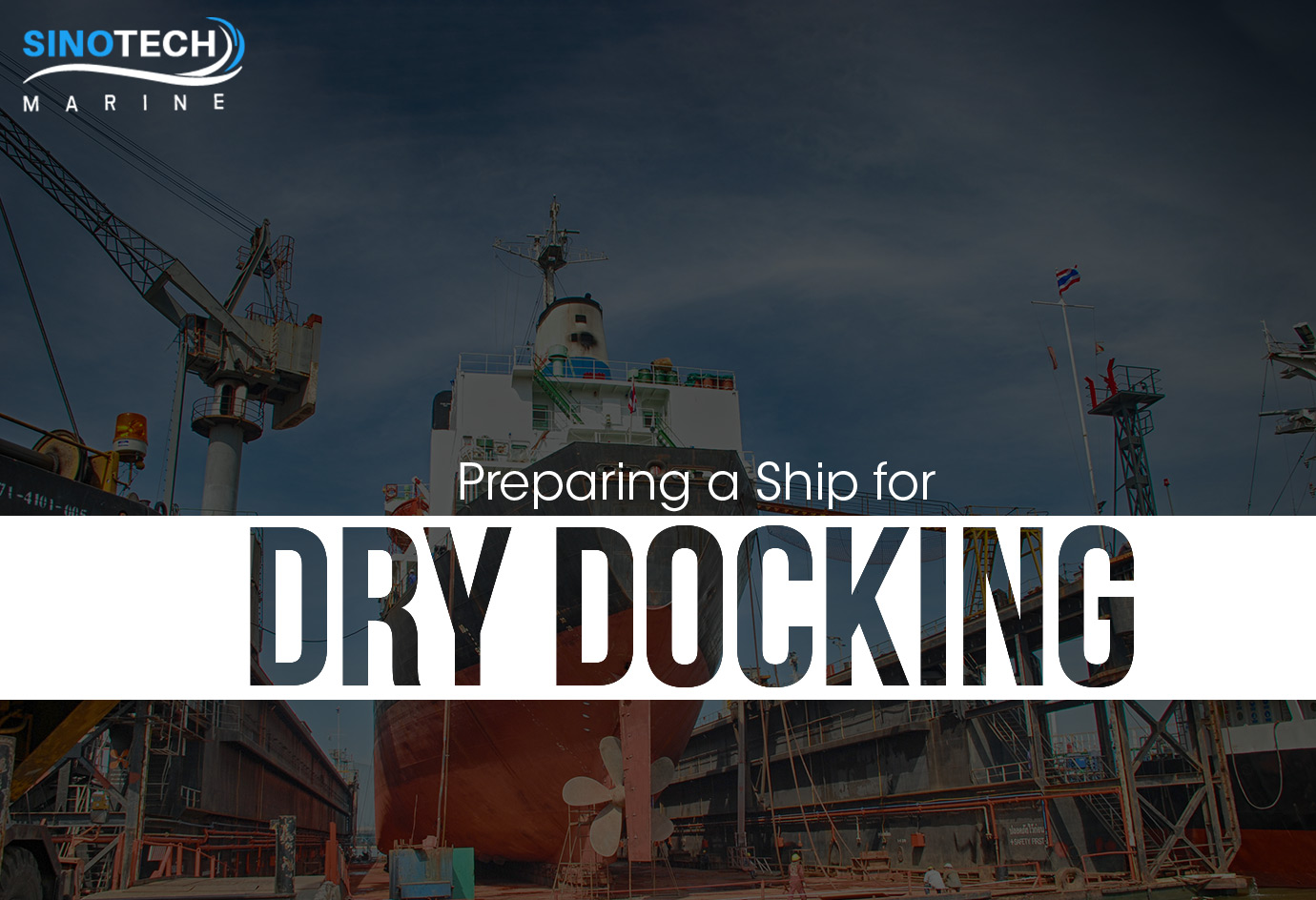
Drydocking is a procedure that is commonly used for the inspection, repairing, and maintenance of ships. The main objective of dry docking is to expose those parts of the ship or vessel that have been submerged in water for a very long time. As ships travel for comparatively longer durations, the submerged parts of ships need to be checked regularly to check any damage they may have endured over time due to constant exposure to water.
Since ships and vessels are humongous in size, the most effective and efficient way to check them is through dry docking. Drydocking is also significant when
ship sale and purchase are considered, to determine whether the ship is in perfect condition and to determine its seaworthiness.
How to Prepare the Vessel for Dry-Docking Procedure?
One must note that dry-docking is not a spontaneous procedure. While it is an essential part of ship’s routine survey procedure, it involves months of planning, meticulous detailing of the ship, and preparing the dock accordingly. The whole procedure can go down the drain if there is even the slightest mistake in calculations.
Let us now find out how to prepare the ship for dry-docking.
- Create a repair and maintenance list and obtain a drydock handbook if required. Assign respective staff to their specific duties on the list. Divide your staff into small groups for supervision of the work carried out by the yard guys.
- Each and every spare part must be checked and repair items should be kept handy – ready for use.
It is also recommended to study previous dry-docking reports. In addition to that, the previous clearance measures should also be noted.
- Engine room, tank top, and bilges should be thoroughly cleaned
- Before dry-docking, the bilge lines should be flushed properly
- The oil-water separator filter element must be renewed and the entire system should be checked for its appropriate functioning.
- For tankers, each and every cargo tank should be cleaned and gas freed
- Prior to dry dock, all the heavyweights must be secured
- Cofferdams and tanks should be sounded and recorded
- Safety measures and firefighting plans should be discussed before drydocking.
- On-board fire equipment should be checked and kept handy
- Emergency lighting and generator should be checked before entry
- Clear marking of valves and chests should be done
- CO2 total flooding systems should be secured and locked before entry
- Vessel should approach the dock with an even keel
These are the steps that are taken to prepare a ship or vessel for drydocking. If the dry docking is unprepared, there can be several damages. Even the slightest of unpreparedness in drydocking can lead to severe consequences. For example, if the spares are not properly checked, the work will be delayed and unnecessary time will be wasted. If there is wrong frequency and power supply information, there can be overheating and machinery failure.
Several other damages make their way towards the ship due to unprepared drydocking.
Sinotech Marine: Taking Care of Your Dry-Docking Needs
Dry Docking is an essential procedure that needs to be efficiently carried out. To safeguard the interest of ship owners during
ship dry docking procedures, efficient drydock management is of high significance. Sinotech Marine has the right level of expertise and resources to provide exceptional drydocking management services.
We have a reputation for offering value for money services for ship drydocking management to our global customers. With extensive experience in handling complex projects by delivering extraordinary services at competitive prices, we have emerged as one of the top ship technical service providers globally. Connect with Sinotech Marine for your ship drydocking management.
 Drydocking is a procedure that is commonly used for the inspection, repairing, and maintenance of ships. The main objective of dry docking is to expose those parts of the ship or vessel that have been submerged in water for a very long time. As ships travel for comparatively longer durations, the submerged parts of ships need to be checked regularly to check any damage they may have endured over time due to constant exposure to water.
Since ships and vessels are humongous in size, the most effective and efficient way to check them is through dry docking. Drydocking is also significant when ship sale and purchase are considered, to determine whether the ship is in perfect condition and to determine its seaworthiness.
Drydocking is a procedure that is commonly used for the inspection, repairing, and maintenance of ships. The main objective of dry docking is to expose those parts of the ship or vessel that have been submerged in water for a very long time. As ships travel for comparatively longer durations, the submerged parts of ships need to be checked regularly to check any damage they may have endured over time due to constant exposure to water.
Since ships and vessels are humongous in size, the most effective and efficient way to check them is through dry docking. Drydocking is also significant when ship sale and purchase are considered, to determine whether the ship is in perfect condition and to determine its seaworthiness.